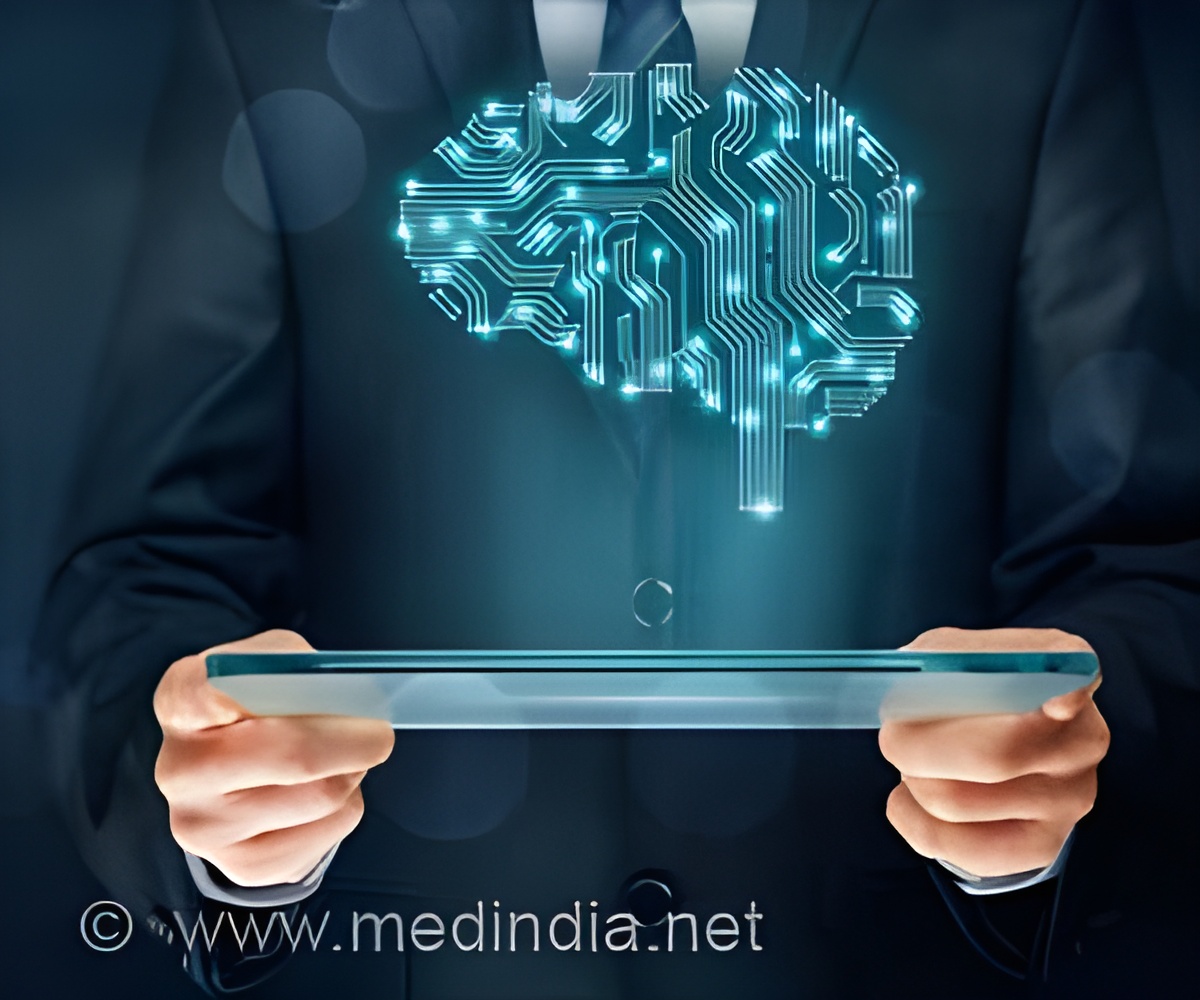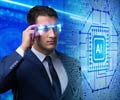Scientists have taught an artificial agent how to do things that usually humans can do namely take a few quick glimpses around and infer its whole environment.

‘Most AI agents--computer systems that could endow robots or other machines with intelligence--are trained for very specific tasks--such as to recognize an object or estimate its volume--in an environment they have experienced before, like a factory.’





"We want an agent that's generally equipped to enter environments and be ready for new perception tasks as they arise," Grauman said. "It behaves in a way that's versatile and able to succeed at different tasks because it has learned useful patterns about the visual world."The scientists used deep learning, a type of machine learning inspired by the brain's neural networks, to train their agent on thousands of 360-degree images of different environments.
Now, when presented with a scene it has never seen before, the agent uses its experience to choose a few glimpses--like a tourist standing in the middle of a cathedral taking a few snapshots in different directions--that together add up to less than 20 percent of the full scene. What makes this system so effective is that it's not just taking pictures in random directions but, after each glimpse, choosing the next shot that it predicts will add the most new information about the whole scene. This is much like if you were in a grocery store you had never visited before, and you saw apples, you would expect to find oranges nearby, but to locate the milk, you might glance the other way. Based on glimpses, the agent infers what it would have seen if it had looked in all the other directions, reconstructing a full 360-degree image of its surroundings.
"Just as you bring in prior information about the regularities that exist in previously experienced environments--like all the grocery stores you have ever been to--this agent searches in a nonexhaustive way," Grauman said. "It learns to make intelligent guesses about where to gather visual information to succeed in perception tasks."
One of the main challenges the scientists set for themselves was to design an agent that can work under tight time constraints. This would be critical in a search-and-rescue application. For example, in a burning building a robot would be called upon to quickly locate people, flames and hazardous materials and relay that information to firefighters.
Advertisement
Using the supercomputers at UT Austin's Texas Advanced Computing Center and Department of Computer Science, it took about a day to train their agent using an artificial intelligence approach called reinforcement learning. The team, with Ramakrishnan's leadership, developed a method for speeding up the training: building a second agent, called a sidekick, to assist the primary agent.
Advertisement
Source-Eurekalert











